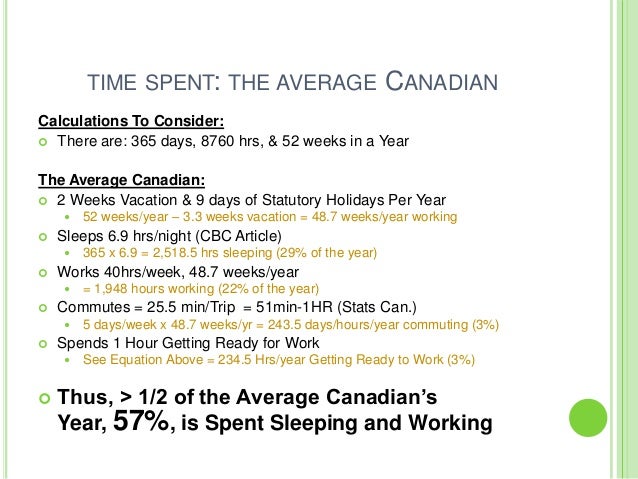Workplace Wellness Programs Statistics And Probability
6/7/2018 admin
These 10 workplace wellness statistics from the U.S. Chamber of Commerce 'Winning With Wellness” report make the case for corporate wellness programs. Crash Crash Into Wall. Majors, Minors & Programs. Whether you want to major in business or psychology, join our two- time national champion speech & debate team, or pursue a career in.
Majors, Minors & Programs. Whether you want to major in business or psychology, join our two- time national champion speech & debate team, or pursue a career in. Work Injury Statistics: OSH Answers. The AWCBC produces an annual publication that contains statistical data on the Number of Accepted Time- Loss Injuries and.
The Stats Behind Quantifiable ROI From Wellness Programs More than half of U.S. Employers have implemented wellness programs intended to reduce their enormous health care costs, increase productivity and improve job satisfaction. But less than half (42%) are able demonstrate ROI and real savings to the organization. Let’s look at some statistics to find out. Benefits Risk Factors and Costs • Large corporations that provide health coverage are spending around $11,716 per employee each year. For Fortune 500 companies, that works out to around $585M per year.

• Health care coverage costs for people with a chronic condition are 5 times higher than for those without such a condition. • Heart disease is the #1 cause of death in the U.S., over 8 times that of diabetes. 1 in 3 Americans have high blood pressure and are at risk of heart disease. Most Americans don’t understand their heart risk condition and half don’t have it under control. • High blood pressure will account for $131B in costs on the U.S. Healthcare system in 2015.
• Employees with high blood pressure cost employers $760 more than others. If HBP deteriorates to heart disease, cost can increase to $10,000 more per employee per year. With negotiated discounts, the average cost for for every stroke or heart attack is about $100k for Fortune 500 employers. (Billed cost is $1M) • Each Fortune 500 company spends approximately $3.5M per year on heart attack health insurance expenses. Large employers also offer health insurance to spouses increasing potential costs to $7M per year.
• 80% of heart disease and stroke can be prevented. • Controlling high blood pressure reduces the chance of heart attack and stroke by 75%. • Taking steps to control blood pressure can save employers $44M annually. Wellness Programs ROI • Workplace wellness is a $6 billion dollar industry in the United States. • Companies with more than 20,000 employees spend around $878 per employee on wellness programs. • There are two primary kinds of wellness programs: Lifestyle Management and Chronic Disease Management.
• Lifestyle management wellness programs focus on: • Fitness and healthy diet (yoga, gym memberships, wearables, healthy snacks) • Employees with health risks, such as smoking, diet, exercise and obesity. These programs use smart technology with behavioral modification from clinicians and coaches to help participants reduce risks and delay or avoid chronic conditions. • Disease management wellness programs focus on helping employees who already have a chronic disease to take better care of themselves. These programs use: • Clinicians or coaches using smart technology • Self-management and high engagement using smart technology • Disease management addresses immediate health problems, whereas lifestyle management mitigates longer-term health risks. Another way to say this is: lifestyle programs help reasonably healthy people get healthier. Disease management programs help unhealthy people manage their condition and get healthier. • Disease management wellness programs ROI is driven in large measure by a nearly 30% reduction in hospital admissions.
• ROI is not equal for all types of wellness programs or all populations. 87% of savings gained through wellness programs are produced by just 13% of the employees – those with chronic conditions like high blood pressure. • Moving employees from high- and medium-risk to low-risk chronic disease status yields an ROI of 6 to 1 for annual health care claims. • ROI for wellness program investment is only $0.50 per dollar for healthy employee lifestyle management but $3. Bobby Conn King For A Day Rar Files. 80 per dollar for disease management. • Even with lower participation numbers, disease management programs contribute more to overall savings than lifestyle management programs. • Wellness programs using clinician and coaches for lifestyle or chronic disease mangement produce ROI in 3-4 years.